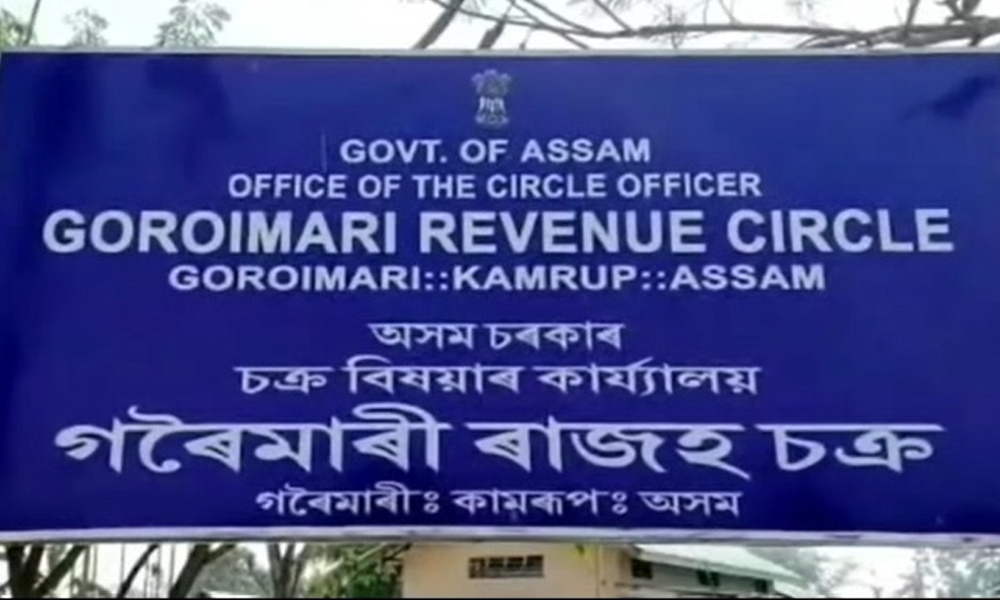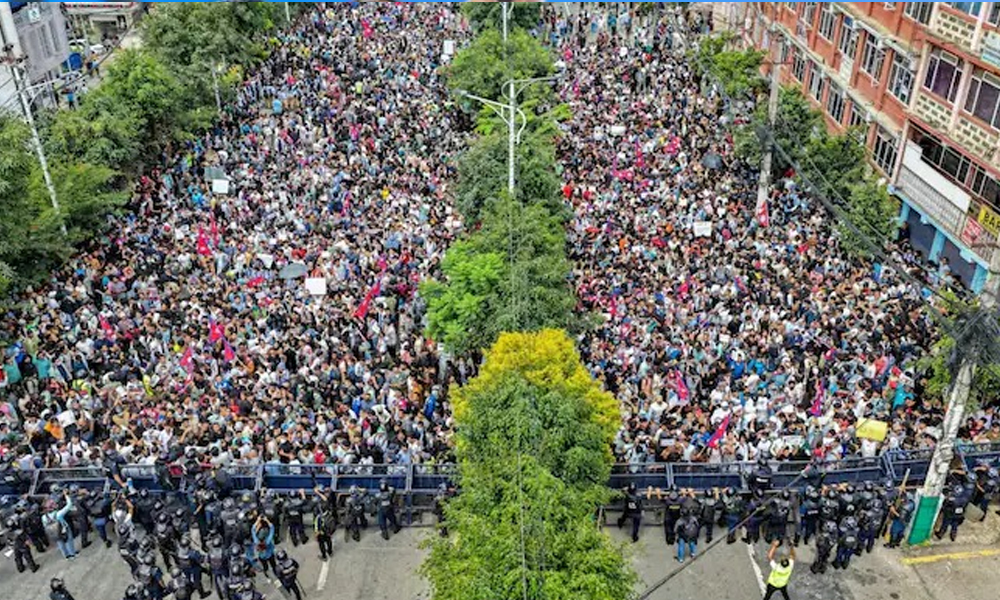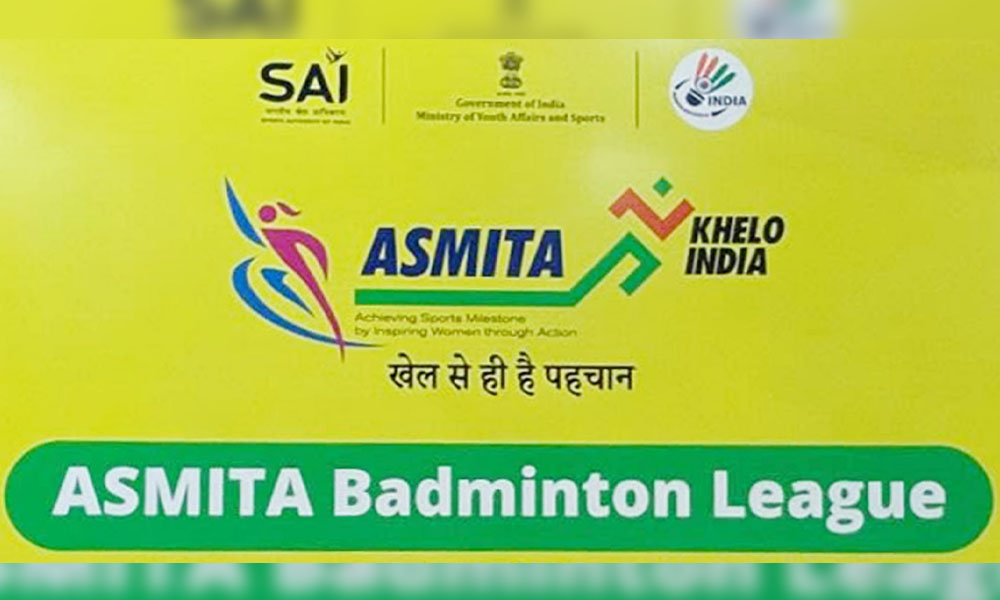Officials emphasised that a more thorough audit is ongoing despite the clearance following the Supertech twin towers' demolition being ordered by the Supreme Court.
Digital Desk: On Sunday, after authorities
reported that there didn't appear to be any substantial damage to the buildings
following the demolition of the structures, residents of the housing societies
close to the Supertech twin towers breathed a sigh of relief.
The twin towers' closest communities are
Emerald Court and ATS Village, and according to the Noida Authority's
evacuation plan, approximately 5,000 residents left earlier in the day before
the twin towers were demolished.
Before the demolition, residents of the
Emerald Court claimed they had relocated to various places, with one moving to
New Delhi. Ekta Gupta, a resident, said they were given housing in a nearby
society and are "relieved to know" their building is undamaged.
Officials emphasised that a more thorough
audit is ongoing despite the clearance following the Supertech twin towers'
demolition being ordered by the Supreme Court.
Although neither of the two housing societies
sustained any significant damage, some concrete chunks that were thrown in
their direction during the demolition caused a fracture in one of the ATS
Village's compound walls.
Ritu Maheshwari, the CEO of the Noida
Authority, and Chetan Dutta, an engineer at Edifice Engineering, the
Mumbai-based company in charge of the demolition, both acknowledged the crack.
"10 metres of a nearby society's
boundary wall, ATS, has been harmed after being struck by the debris.
Maheshwari was quoted by ANI as adding, "No indication of damage from
anywhere other than this has been received."
According to Senior Principal Scientist DP
Kanungo of the Central Building Research Institute (CBRI), some adjoining flats
in Court and ATS Village had cracked window glass.
Officials stated that a GAIL pipeline that
passes through the now-demolished Supertech twin towers was unharmed by the
explosion.
"GAIL's pipeline is secure.
Five-by-five-meter iron sheets were positioned over the pipeline twice. In
addition, several tyres were piled on top of them to cushion the impact of the
debris, "added Kanungo.
The 'waterfall implosion' method took 9–10
seconds to bring down the twin structures, which were 100 metres tall and
taller than Delhi's Qutub Minar.
Prior to the event, the Noida Authority and municipal police made thorough preparations, keeping vital vehicles like fire trucks and ambulances on standby. Additionally, the Noida-Greater Noida Expressway was closed for almost an hour to prevent vehicles from entering the demolition site.
The Supreme Court nominated the CBRI as the
project's technical expert, while Edifice had contracted South Africa's Jet Demolitions
for its demolition expertise. Nine years of court fights came to a conclusion
with the demolition.















